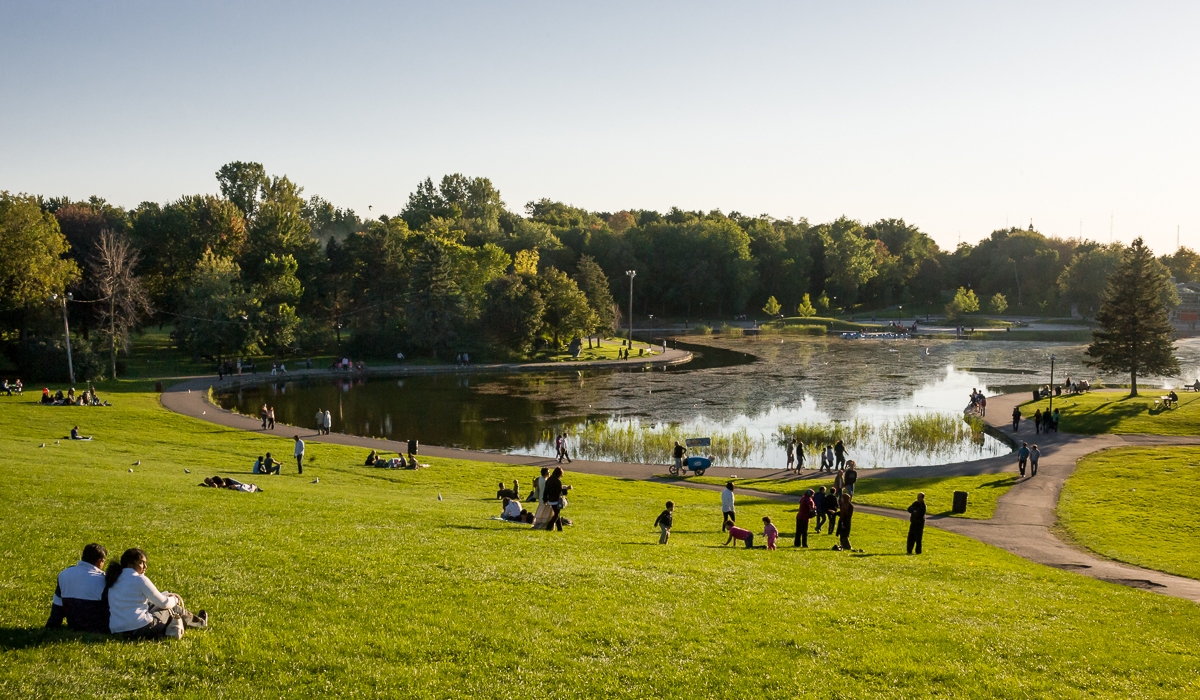
COLLECTIONS
SECOND EDITION - DESIGNED LANDSCAPES PORTFOLIO
Canadian Landscapes Portfolio Collections & Document
MALA - MANITOBA ASSOCIATION OF LANDSCAPE ARCHITECTS

DESIGN AT THE ART OF THE CONTINENT
Landscape Architects function at the edge between ‘nature’ and built form; the transition from the building to the garden, the land to the water, the city to the wilderness. We strive to work in harmony with nature, not in opposition to or in spite of, but in concert, and then add the human elements of history and culture to elevate our projects from functional to meaningful. All of the images in Manitoba’s collection of designed landscapes are emblematic of these fundamental principles.
The Grand Beach boardwalk protects the shoreline from erosion, but references historic details from waterfront promenades locally and internationally and incorporates a paving pattern drawn from the survey and settlement of the prairies.
The Brokenhead Wetland Interpretive Trail and Boardwalk provides controlled access to a rare calcareous fen wetland ecosystem, while at the same time protecting what is special about that landscape through its design and construction.
Truro Creek is a natural corridor in an urban setting, a seemingly untouched space carefully composed and influenced by the designer to incorporate walkways, views, native planting and storm water runoff control to protect the environment while also enhancing the user’s experience of place.
The Forks Historic Port provides access to Winnipeg’s two most important rivers, subtly referencing past flood events adjacent to one of Manitoba’s oldest gathering places.
Nearby Upper Fort Garry Provincial Park is a fantastic marriage of the historic and the modern, referencing and recalling long lost buildings and structures through the judicious and meticulous application of steel, stone, wood and planting. At the heart of the city of Winnipeg, it breaks down the walls to the past by telling the story of this place upon the walls of the celebrated fort.
The Internationally renowned Leo Mol Sculpture Garden is a place of delight and wonder for visitors of all ages. A wonderful example of turn of the century garden design, situated in Assiniboine Park adjacent to the Assiniboine River, this ‘traditional’ garden of flower beds, curving cobblestone pathways and circular ponds retains its appeal in the modern day due to its well-conceived, executed and maintained presence.
From the traditional to the capital-‘M’ Modern, Folly Forest is a delightful exploration of geometry and materials in a Winnipeg schoolyard. A line in the sand against dwindling budgets for green space development, the project breaks through an asphalt expanse to plant pioneer tree species in angular, jagged beds to create shade and escape for the young minds of tomorrow’s leaders.
A climatic installation in a snowy field adjacent to the historic Red River, Snow Academy examines the challenging and temporal nature of Manitoba’s seasonal landscapes. Through the thoughtful manipulation of snow and ice, an elliptical space was created to celebrate play while altering an under-utilized portion of the river floodplain.
The Carol Shields Labyrinth is a wonderful tribute to one of the province’s most beloved authors and a great example of what a small group of passionate citizens can accomplish with effort and dedication. Located in King’s Park near the University of Manitoba where she taught for many years, the circular form of the labyrinth draws in visitors to discover details about the life of Carol Shields, a subtle metaphor for the depth of meaning that can be found within her writing.
Thermea Spa has been a revelation in Winnipeg, a place that if someone says they haven’t been, it only means they haven’t been ‘yet’. Here, the buildings serve the landscape, and not the other way around. Incorporating Nordic and Icelandic themes into a series of varying-temperature bathing pools and lounge areas, in the wintry-est of winter cities, it takes what one might expect to be an indoor experience, outside, even at 30 below Celsius!
The Grand Beach boardwalk protects the shoreline from erosion, but references historic details from waterfront promenades locally and internationally and incorporates a paving pattern drawn from the survey and settlement of the prairies.
The Brokenhead Wetland Interpretive Trail and Boardwalk provides controlled access to a rare calcareous fen wetland ecosystem, while at the same time protecting what is special about that landscape through its design and construction.
Truro Creek is a natural corridor in an urban setting, a seemingly untouched space carefully composed and influenced by the designer to incorporate walkways, views, native planting and storm water runoff control to protect the environment while also enhancing the user’s experience of place.
The Forks Historic Port provides access to Winnipeg’s two most important rivers, subtly referencing past flood events adjacent to one of Manitoba’s oldest gathering places.
Nearby Upper Fort Garry Provincial Park is a fantastic marriage of the historic and the modern, referencing and recalling long lost buildings and structures through the judicious and meticulous application of steel, stone, wood and planting. At the heart of the city of Winnipeg, it breaks down the walls to the past by telling the story of this place upon the walls of the celebrated fort.
The Internationally renowned Leo Mol Sculpture Garden is a place of delight and wonder for visitors of all ages. A wonderful example of turn of the century garden design, situated in Assiniboine Park adjacent to the Assiniboine River, this ‘traditional’ garden of flower beds, curving cobblestone pathways and circular ponds retains its appeal in the modern day due to its well-conceived, executed and maintained presence.
From the traditional to the capital-‘M’ Modern, Folly Forest is a delightful exploration of geometry and materials in a Winnipeg schoolyard. A line in the sand against dwindling budgets for green space development, the project breaks through an asphalt expanse to plant pioneer tree species in angular, jagged beds to create shade and escape for the young minds of tomorrow’s leaders.
A climatic installation in a snowy field adjacent to the historic Red River, Snow Academy examines the challenging and temporal nature of Manitoba’s seasonal landscapes. Through the thoughtful manipulation of snow and ice, an elliptical space was created to celebrate play while altering an under-utilized portion of the river floodplain.
The Carol Shields Labyrinth is a wonderful tribute to one of the province’s most beloved authors and a great example of what a small group of passionate citizens can accomplish with effort and dedication. Located in King’s Park near the University of Manitoba where she taught for many years, the circular form of the labyrinth draws in visitors to discover details about the life of Carol Shields, a subtle metaphor for the depth of meaning that can be found within her writing.
Thermea Spa has been a revelation in Winnipeg, a place that if someone says they haven’t been, it only means they haven’t been ‘yet’. Here, the buildings serve the landscape, and not the other way around. Incorporating Nordic and Icelandic themes into a series of varying-temperature bathing pools and lounge areas, in the wintry-est of winter cities, it takes what one might expect to be an indoor experience, outside, even at 30 below Celsius!
You are looking for more information on the 2016 Portfolio?
Or 2017?

Lac des castors… Parc du Mont Royal (QC)
Auto Reply
We want to thank you for your interest in the Portfolio Initiative. We will answer to your request as soon as possible…
Thanks again…
Coordination team - Jean Landry
Coordination team - Jean Landry





















